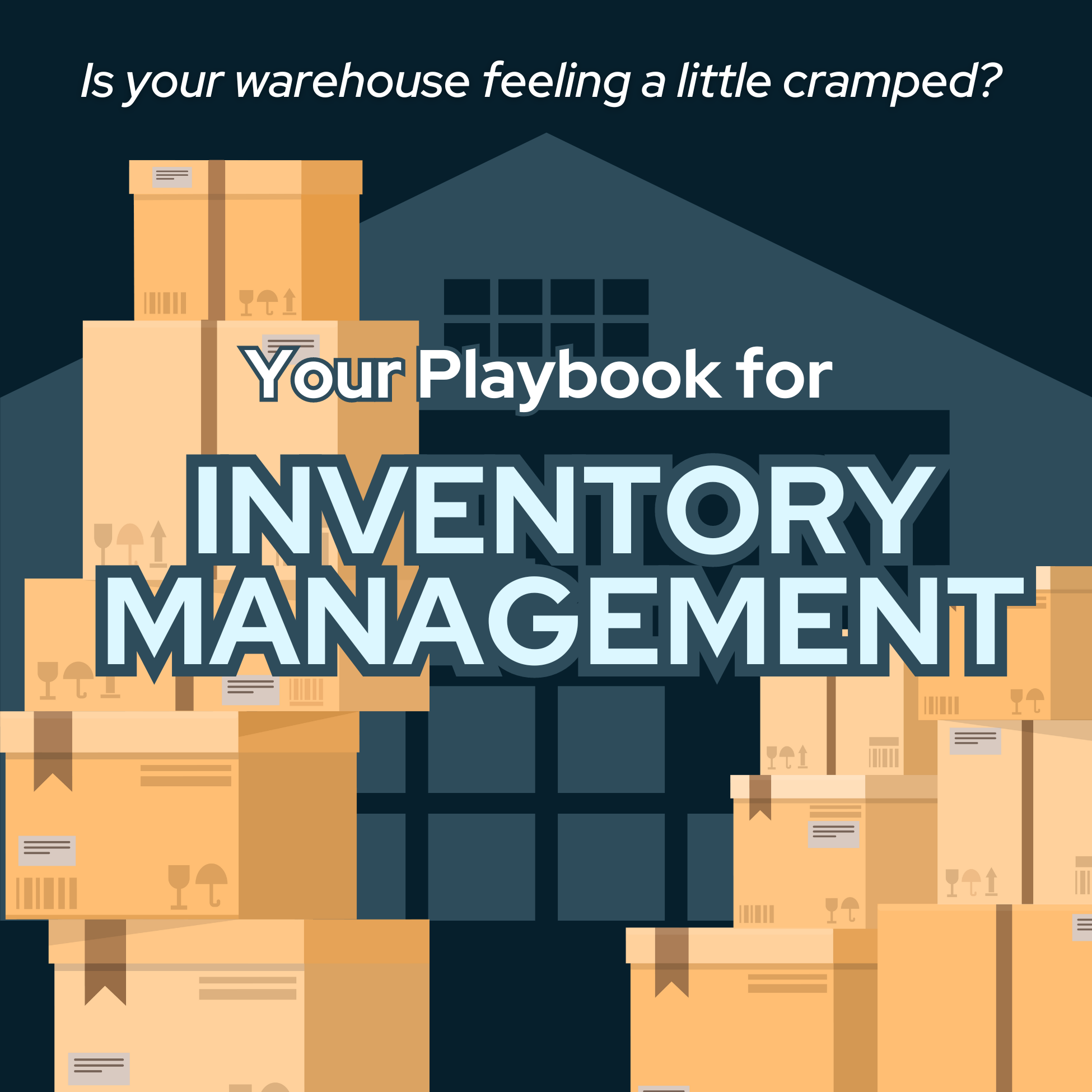RebelBlog
Warehouse at Full Capacity? Your Playbook for Inventory Efficiency

Managing a warehouse at full capacity can be challenging. But with the right strategies, you can optimize space, improve efficiency, and ensure smooth operations with your inventory. Here are some practical tips and tricks to help you manage your warehouse when space is tight.
Conduct a Thorough Inventory Audit
Start by conducting a comprehensive inventory audit. Identify slow-moving or obsolete items that can be liquidated or relocated to free up space. Use data analytics to forecast demand and adjust inventory levels accordingly. Regular audits will help you maintain optimal stock levels and avoid overstocking.
Optimize Storage Solutions
Maximize your existing space by optimizing storage solutions. Consider the following:
-
Vertical Storage: Utilize vertical space by installing high-rise shelving units and mezzanine floors. This can significantly increase your storage capacity without expanding your warehouse footprint. Check out Ryder Warehouse Management solutions, including designing and implementing processes, equipment, and technology to help you improve efficiency.
-
Compact Racking Systems: Implement compact racking systems such as push-back racks, drive-in racks, or mobile racking. These systems allow you to store more items in less space and improve accessibility.
-
Cross-Docking: Implement cross-docking to minimize storage time. This involves taking goods from inbound trucks directly onto outbound trucks, reducing the need for temporary storage.
Implement Warehouse Management System (WMS)
A Warehouse Management System (WMS) can help streamline operations and improve space utilization. WMS provides instant inventory tracking, automated replenishment, and efficient order picking. It also helps optimize storage locations and improve overall warehouse efficiency.
Adopt Just-In-Time (JIT) Inventory Management
Just-In-Time (JIT) inventory management involves receiving goods only when they are needed for production or sales. This reduces the amount of inventory stored in the warehouse and minimizes the risk of overstocking. Establish strong relationships with suppliers to ensure timely deliveries.
Enhance Space Utilization with Slotting Optimization
Slotting optimization involves strategically placing items in the warehouse to improve picking efficiency and space utilization. Group similar items together, place fast-moving items in easily accessible areas, and store slower-moving items in less accessible locations. Regularly review and adjust slotting based on changing demand patterns.
Utilize Off-Site Storage Solutions
If your warehouse is consistently at full capacity, consider utilizing off-site storage solutions. Partner with third-party logistics providers (3PLs) to store excess inventory or seasonal items. This can help free up space in your primary warehouse and improve operational efficiency.
Implement Lean Warehouse Practices
Lean warehouse practices focus on eliminating waste and improving efficiency. Some lean practices to consider include:
-
5S Methodology: Sort, Set in order, Shine, Standardize, and Sustain. This helps create an organized and efficient workspace.
-
Kaizen: Continuous improvement through small, incremental changes. Encourage employees to identify inefficiencies and suggest improvements.
-
Kanban: Visual inventory management system that signals when items need to be replenished. This helps maintain optimal inventory levels and reduces overstocking.
Invest in Automation and Technology
Automation and technology can significantly improve warehouse efficiency and
space utilization. Consider investing in:
-
Automated Storage and Retrieval Systems (AS/RS): These systems automate the storage and retrieval of goods, increasing efficiency and reducing space requirements.
-
Conveyor Systems: Automate the movement of goods within the warehouse, reducing manual handling and improving space utilization.
-
Warehouse Drones: Use drones for inventory management and monitoring. They can quickly and accurately count inventory, identify misplaced items, and improve overall accuracy.
Regularly Review and Adjust Your Strategies
Warehouse management is not a one-time task. Regularly review and adjust your strategies based on changing business needs and market conditions. Conduct periodic reviews of inventory levels, storage solutions, and operational processes to ensure optimal performance.
Managing a warehouse at full capacity requires careful planning, efficient space utilization, and continuous improvement. By implementing these tips and tricks, you can optimize your warehouse operations, improve efficiency, and ensure smooth and effective management even when space is tight. Remember, the key to successful warehouse management is flexibility and adaptability. Stay proactive and responsive to changes to maintain a well-organized and efficient warehouse.
Need a helping hand with your inventory managment? Click here if you want to learn more about Rebelution’s centralized warehouse capabilities!



